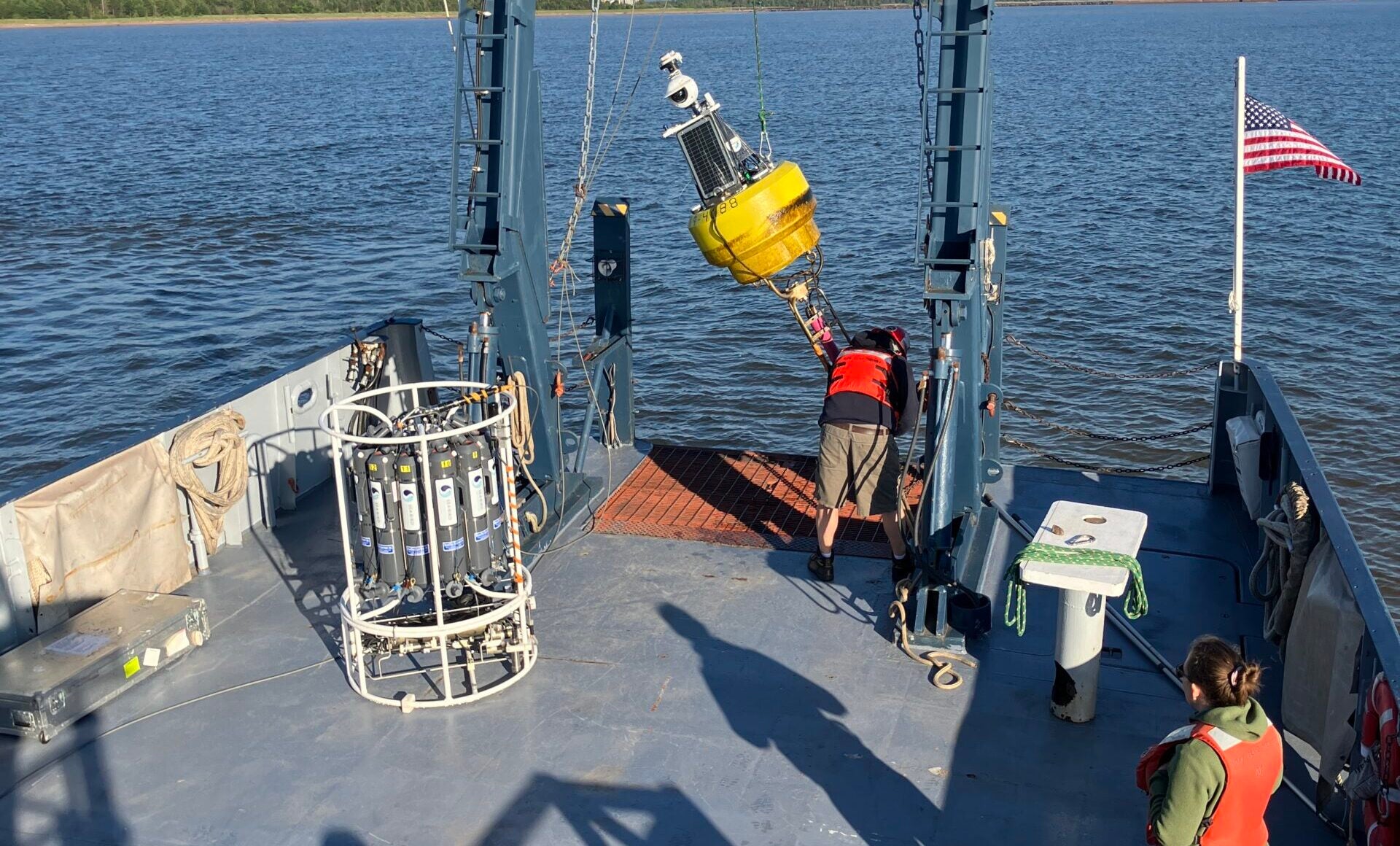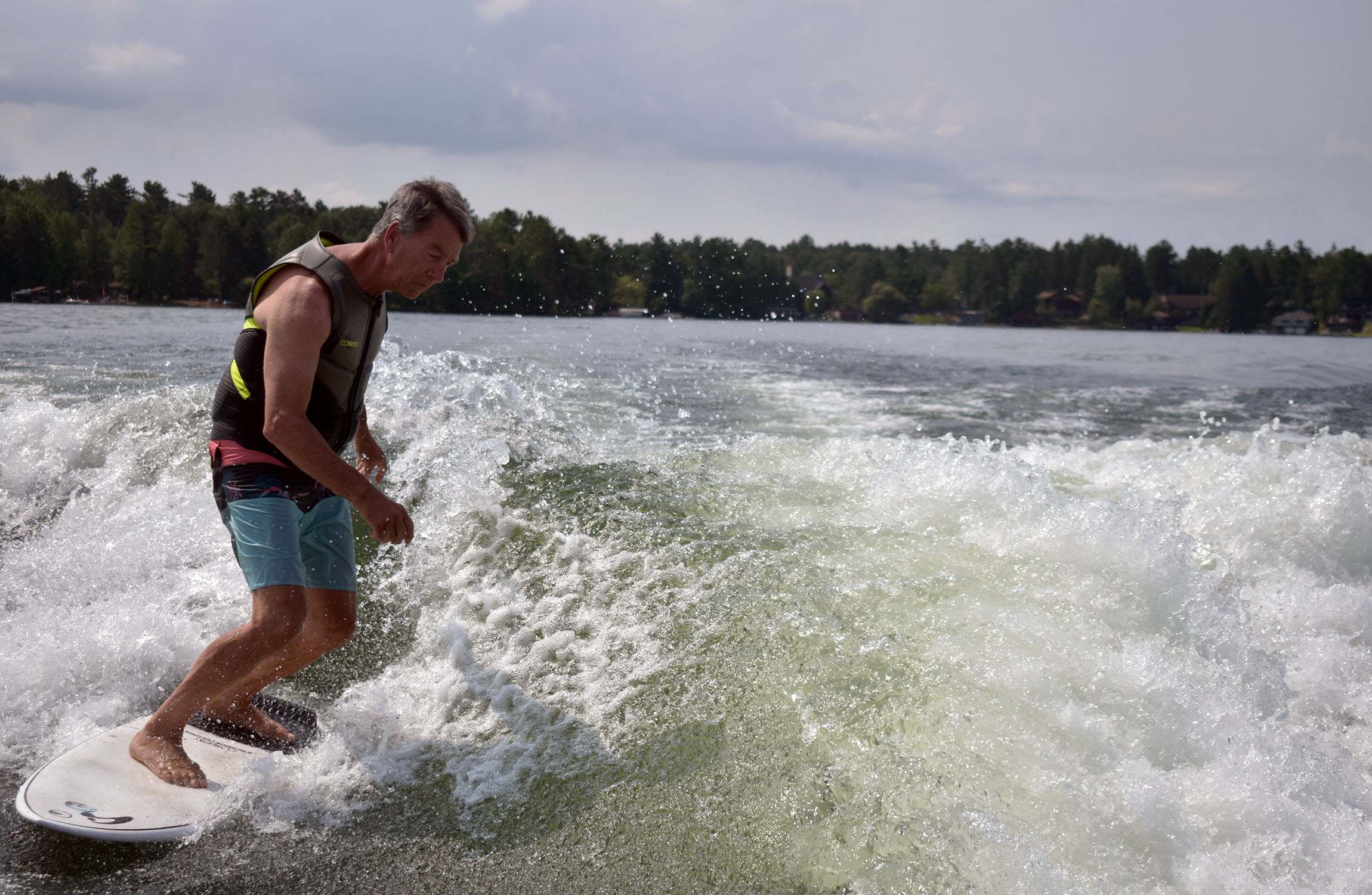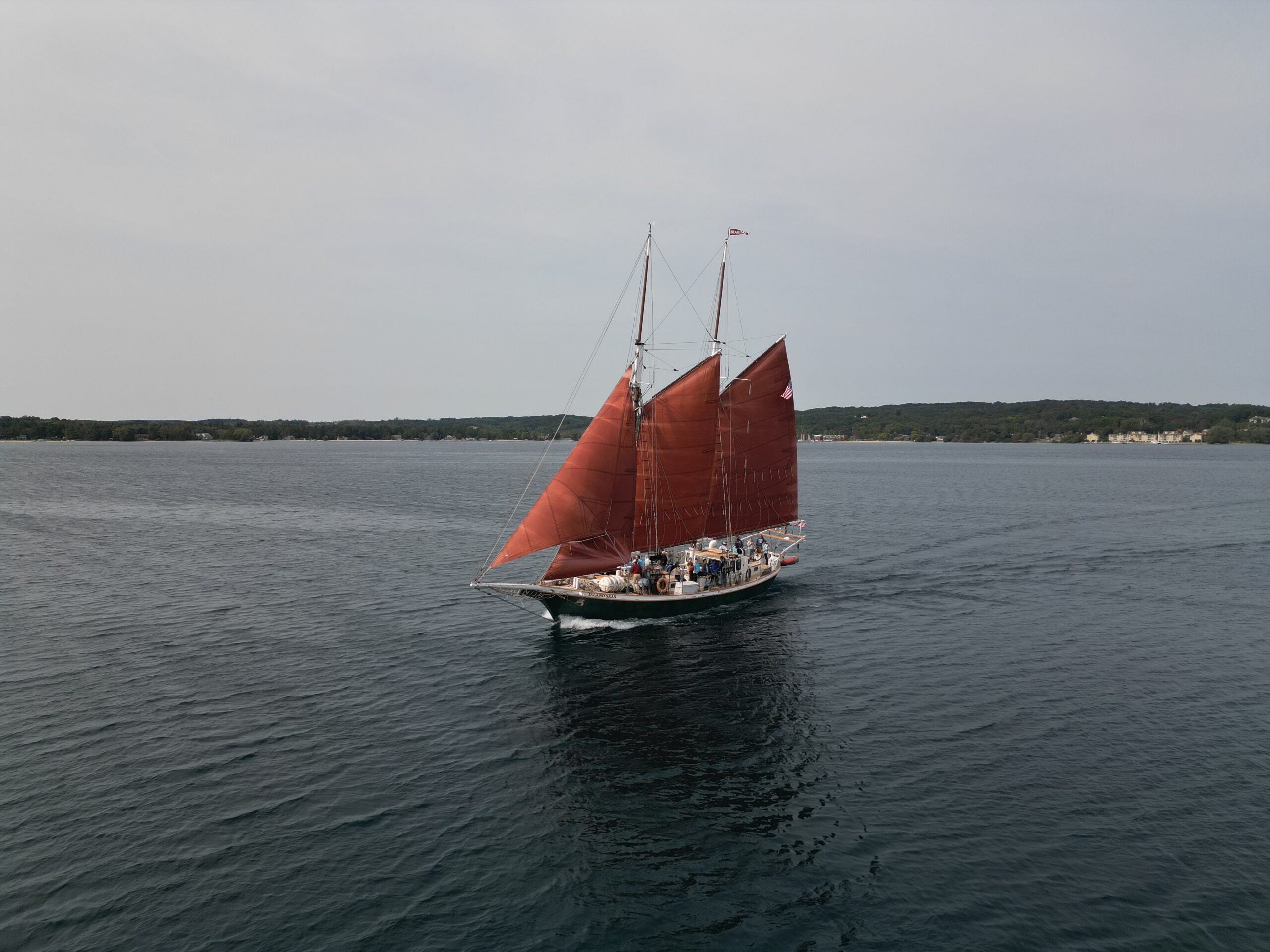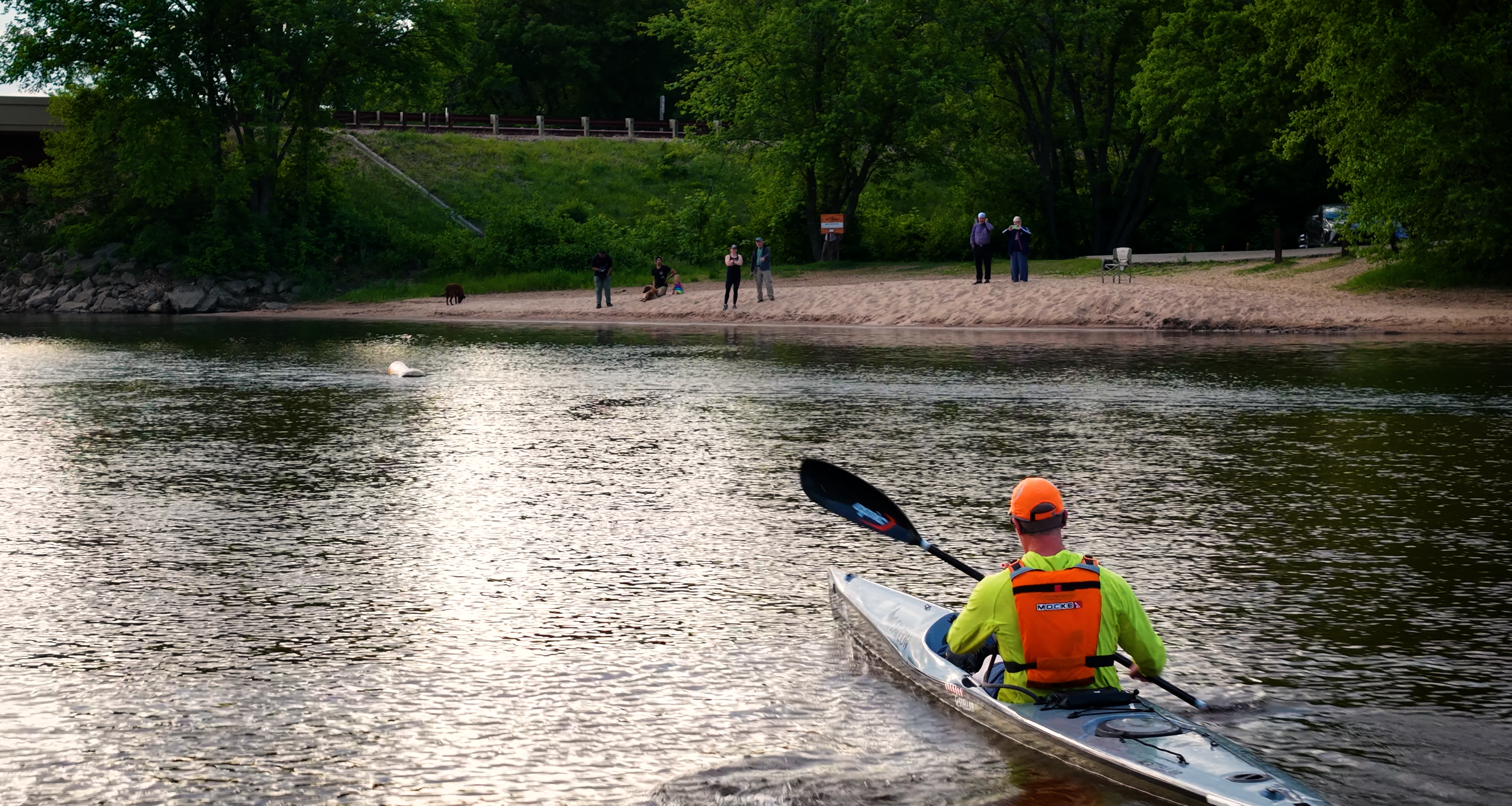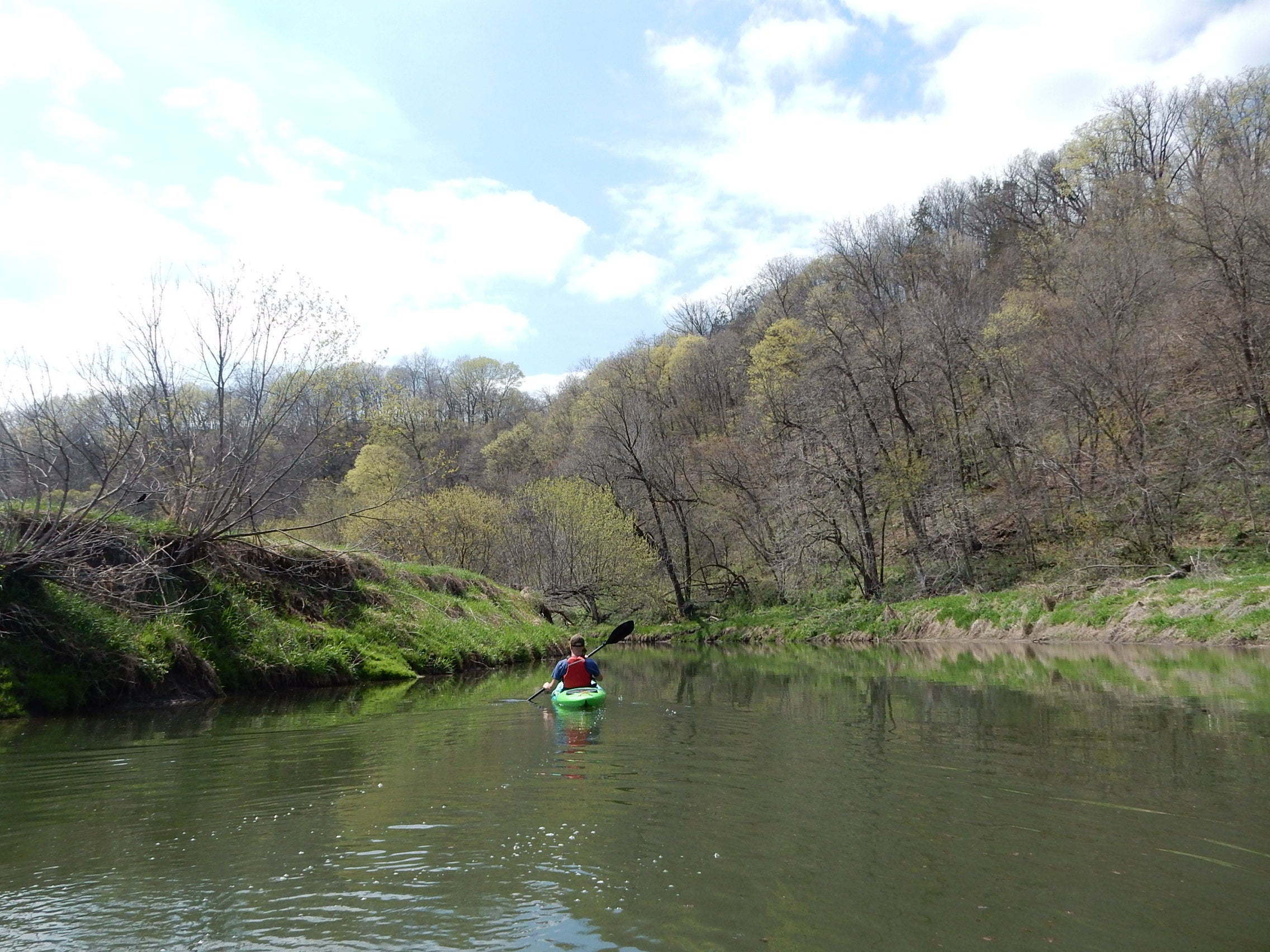When it comes to paddling in the fall, finding a place to dip your oars can be a simple as picking a spot where there’s enough water.
That might sound trickier than usual with the drought Wisconsin has suffered this year, but lakes tend to retain their water well. And there are 15,000 in the state to choose from, said Timothy Bauer, author of “Canoeing and Kayaking South Central Wisconsin: 60 Paddling Adventures within 60 miles of Madison.“
Bauer advocates for spending fall on the water as one of the ways to highlight the state’s spectacular sights during the changing season.
News with a little more humanity
WPR’s “Wisconsin Today” newsletter keeps you connected to the state you love without feeling overwhelmed. No paywall. No agenda. No corporate filter.
“Trying to (plan) your trips with the fall foliage report, as well as migrating bird patterns (will lead to) some of the extra treats this time of year,” said Bauer, who contributes content to milespaddled.com, where paddler enthusiasts track trips and keep detailed blog posts of what they experience during those trips.
So, finding a spot to paddle might be easy enough. But there’s a bit more to know beyond that, especially when it comes to safety and storage, which Bauer and “chief paddling evangelist” Darren Bush cover in a conversation on Wisconsin Public Radio’s “The Larry Meiller Show.”
When to go
When it comes to figuring out the best time to get on the water during the fall, one of the guiding principles is whether the temperatures of the air and water together reach 120 degrees.
Sometimes temperatures for certain waterways will be listed on the USGS Water Dashboard. But generally, the best way to check water temperature is to use a pool thermometer.
Bush, who owns Rutabaga Paddlesports in Madison, said the 120 rule is a good guideline, but what’s most important is that you dress for immersion.
“Because if it’s 80-degree air and 40-degree water, that’s 120, but it’s not going to be comfortable and necessarily safe,” he said. “There’s clothing you can wear that’ll make sure that you are safe if you get immersed.”
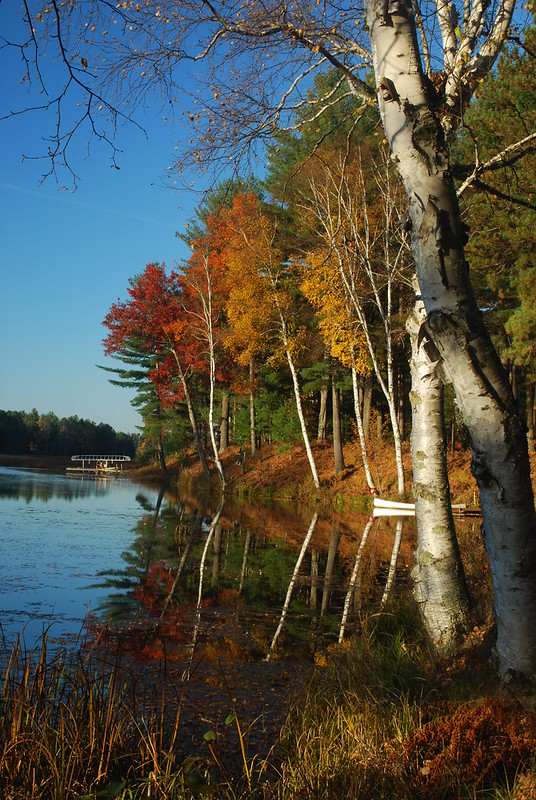
Bauer said paddling in any condition, even during the winter, is possible and just requires being more selective about where to go and for how long.
“There’s usually open bodies of water throughout the whole year,” he said, noting one of his favorite places is Badfish Creek, which is part of the effluent from the Madison Metropolitan Sewer District. “So the water is actually clean, too.”
What to wear
No matter where you plan to canoe, wearing cotton is a no-go, Bauer said.
“Cotton will wick heat away from you faster than anything,” Bush added. “It’s like 20 times faster than bare skin.”
The best clothing options are anything that’s wool or synthetic material. Wool is ideal because of its ability to insulate even when wet.
Plan to layer your clothes so that you’re wearing a base layer, a middle layer and an outer layer. Always make sure to have a dry bag of replacement clothing in case you get wet, or it rains.
“It’s a lifesaver, truly, to store another outfit,” Bauer said.
He also suggested paying attention to times the sun rises and sets, noting that by the end of October, the sun sets on the central part of the state by about 5:50 p.m.
“So, planning your trips, trying to keep things simple, keep it close to home, let people know where you’re going,” he said. “Just prepare a little bit more than you normally would in July, and I think you’ll have just a real wonderful time.”
Storage
When it comes to storing your gear, the best solution is the one that’s inside, Bush said. Both ultraviolet light and the wrong kind of moisture are bad.
“I had a customer that had a boat on sawhorses behind their garage, and they had a slab (of ice) come off and slide down, and it crushed their boat,” he said.
If you have to store outside, RedLeaf Designs covers are a good option for protecting against UV rays.
Bush said keeping your gear in a heated environment isn’t necessary, unless you have a boat with wood gunwales and Royalex or T-Formex material. Because they expand and contract at different rates, they are susceptible to cold cracks.
Wisconsin Public Radio, © Copyright 2026, Board of Regents of the University of Wisconsin System and Wisconsin Educational Communications Board.

